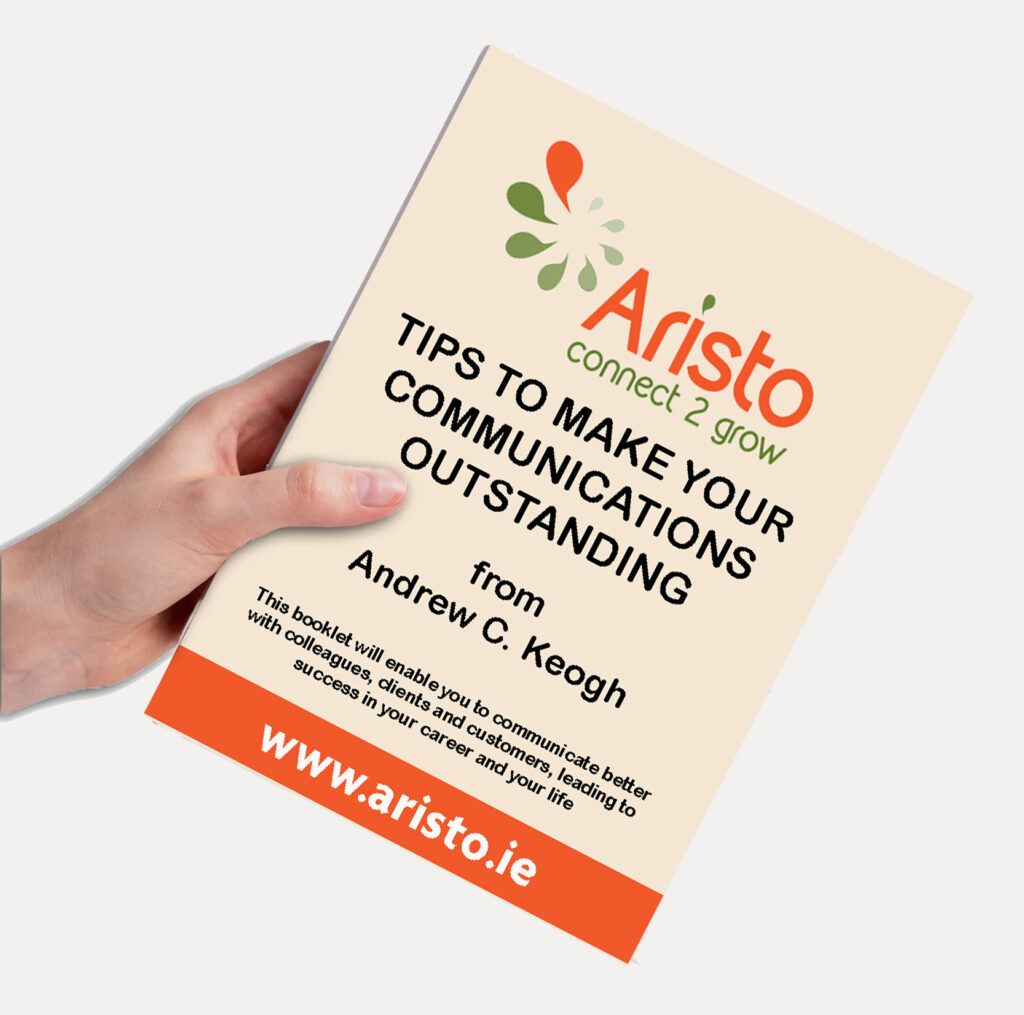Why do presenters always attempt to memorise presentations?
You can learn to recite a poem or the lyrics to a song over days or weeks. Yet, if you are uncomfortable in front of your audience, you may still struggle to remember the words; I know I do!
So here is my best advice on preparing to deliver a pitch
When I discuss my approach with my clients, they invariably say that I must prepare thoroughly and have a script?
My reply, scripts are for actors!
Your preparation is the knowledge and work experience you have gained while building your business.
P.S. It’s also not practical as the presentation is rarely complete until the final hours before the deadline.
How to Start:
Start by honing your presentation down to ten or so sentences.
Sentence one:
Create a headline (this is what newspapers do).
e.g. 98 out of 100 people who look up your website do not proceed to engagement.
Sentence two:
Tell a problem story?
e.g. Almost half the workforce in California does not speak English as their first language.
Sentence three:
Introduce yourself and your business.
The question I am always asked at this point is, should I not introduce myself at the start?
My reply: The credits to a movie only roll after they’ve got your attention!
You should follow their lead and get attention first.
It’s also very likely someone else will have introduced you earlier.
Sentence four:
Tell your audience how you solve their problem.
e.g. I capture your business story and give you the confidence to tell it or sell it.
(This is what I say, in a sentence, not ten minutes of jargon.)
Still to be done: (this is enough for now)
These additional questions will need to be answered at some point e.g. financial forecasts, timeline, market size, team expertise, competition, ASK?
Your audience will only want to know this information if you have engaged them in the first four sentences of the pitch conversation.
Once you have created these four attention-grabbing sentences, it’s time to review, expand and create slides to support your chosen words.
Next phase of preparation:
Once you have one sentence for each slide to anchor you, you will deliver the message you wish to convey with confidence and clarity.
Next, expand the conversation by telling stories, case studies, show charts, graphs, that support you and further inform your audience.
No Script:
When it comes to the time for you to present to your audience, you will have the confidence to engage fully without the anxiety of trying to remember a line or a particular word.
When in front of your audience:
Tell the story of the image on the slide, do the same with the next slide and so on and so forth.
Each slide should have a minimum of text.
Ask yourself honestly if the text is there to inform your audience or remind you to say something; if your answer is the latter, remove the text.
A good presenter’s aim should be to have the listener look at you while occasionally glancing at your slides to reinforce the message.
Take my advice, and you will become a confident, believable presenter who wins audiences to your way of thinking.
Follow us on LinkedIn for more regular updates





